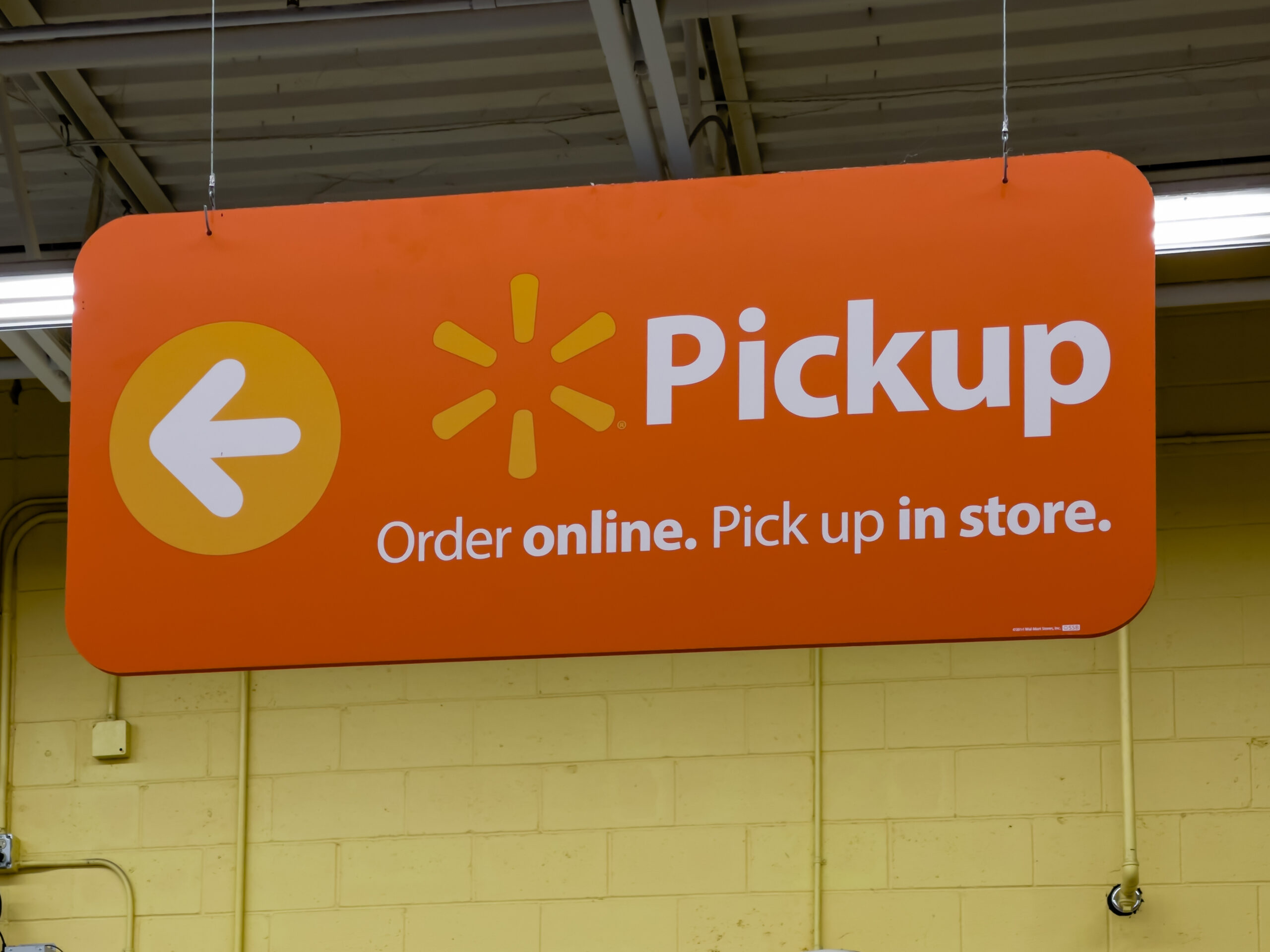Sow PIM, Reap Growth: Sustainable Marketing Initiatives
Dive into the heart of sustainable marketing: what it means, why it matters, and how leveraging the right data and the right technology can streamline sustainability efforts, ensuring increased sales, enriched data, and an enhanced customer experience.

It’s time to face the truth: the effects of reckless consumerism are far-reaching and detrimental, and consumers and businesses alike are starting to take notice.
From embracing hybrid shopping journeys like BOPIS that reduce the reliance on online product shipping to giving products and materials a new life through digital second-hand marketplaces, many companies are redefining their brand identities, resonating with eco-conscious audiences, and showcasing genuine commitments to sustainability.
This is where sustainable marketing takes root and begins to grow! But what does it truly mean to embrace sustainability in marketing, and why is it an essential component when creating a successful business strategy?
Let’s understand more of the meaning behind sustainable marketing, its importance in the current business landscape, and how to plant a seed of change within consumers who are more environmentally aware than ever before.
What is Sustainable Marketing?
Sustainable marketing is the practice of promoting products or services in a way that highlights their environmental, social, and ethical benefits — going beyond simply advertising “green” products like recycled water bottles or compostable dinnerware. The eco-friendly strategy is about adopting and focusing on sustainable initiatives in every aspect of your business, from supply chain management and production processes to packaging and distribution, and then effectively communicating these initiatives to consumers.
Sustainable marketing also doubles as a teaching tool, raising awareness amongst consumers about a particular social and environmental issue through blogs, events, community discussions, and more. With extra information in their pockets, consumers make more informed purchasing decisions that align with their values.
However, this strategic approach isn’t just about promoting eco-friendly products, it’s also about integrating sustainability principles into your marketing strategy. For example, a business could prioritize responsible advertising practices — instead of printing ads, they could opt for online marketing which reduces paper waste. After all, how could they warn about the dangers of deforestation while printing thousands of flyers?
Ultimately, sustainable marketing is about recognizing the gravity of your business practices and their environmental impact on the world around you.
Avoid Greenwashing: How to Build Sustainable Strategies
Why is Sustainable Marketing Important?
That’s a good question!
Like many things, when it comes to sustainability, customers are speaking with their money. It’s clear that more and more consumers base their purchasing decisions on the values and practices of the brands they support. In fact, a recent study found that 80% of consumers would be willing to pay an average premium of 9.7% for sustainable brands. And this sentiment is only growing stronger; in younger generations, it’s even more evident, with 75% of Gen Z valuing sustainability with every purchase they make.
But the importance of sustainability and how it translates into marketing extends beyond just meeting consumer demand. Companies that adopt sustainable practices can also see benefits like cost savings, improved efficiency, and reduced risk — all stemming from supply chain disruptions (remember the pandemic?) or social issues. Using sustainable marketing to promote transparency and ethical practices can help businesses build trust with their customers and improve the customer experience. Plus, it can foster stronger brand loyalty and better customer retention!
If you’re a business that loves growth, this shift in demand for sustainable products and services is a market opportunity you don’t want to miss. Studies show that 62% of consumers are willing to change their purchasing habits to help reduce environmental impact, meaning that sustainable marketing could be the catalyst that causes buyers to choose your brand over your competitors. Utilize it correctly, and you could expand your market share while creating meaningful value for your customers, your brand, and the planet!
How PIM Supports Sustainable Marketing
Sustainable marketing is a game-changer, but the harsh truth is that it’s time-consuming and complex to do correctly. Effectively communicating sustainable initiatives often involves finding, storing, and distributing product information, supply chain data, regulatory compliance certificates or third-party reports, and more across all of your channels in a way that is cohesive and digestible by the average person. To communicate your commitment to sustainability effectively without doubling the work of your team, it’s crucial to have a single, well-organized source of information, which is where a Product Information Management (PIM) solution comes into play.
PIM systems enable you to easily store, manage, and distribute up-to-date product information across all of your sales channels, making sure your customers have access to all of the details they need to make informed, sustainable choices.
For example, with a PIM system, you can easily create a comprehensive list of all the materials used to create all of your products, along with where and how these products have been manufactured and how they can be properly disposed of when the product has reached its end-of-life, all in one place. With a PIM system, you can track and document sustainability attributes, such as recycled materials, carbon footprint, or certifications, making it easier to communicate these details to consumers.
A PIM solution can also help future-proof your brand. As your business grows and your product offerings expand, it becomes harder to juggle all of the sustainable attributes for each product without a PIM system, meaning inaccuracies and inefficiencies could run rampant. With the right tools, you can ensure your customers are aware of your brand’s sustainable and ethical practices at every stage.
It’s more than just a tool to help you manage your product sustainability data — PIM makes it easier for customers to find your products by improving filtering capabilities on your website. With a PIM solution in place, you can easily create and manage product attributes related to sustainability, such as eco-friendly materials, fair labor practices, or carbon footprint. Your customers can then easily filter and find products that align with their values — thus, creating an overall better shopping experience and therefore, (say it with me now) increases the likelihood of a purchase!
Painting The Town Green
In an eco-conscious world, sustainable marketing offers businesses the opportunity to easily connect with customers who value transparency and environmental responsibility. By following a green-driven strategy, companies can display how focused and meticulous they are with their ethical choices, letting consumers know their contribution to a cleaner earth.
By leveraging a robust PIM system, businesses can also centralize their product data, ensuring accuracy across channels while amplifying their sustainable initiatives. Together, sustainable marketing and PIM work harmoniously, creating a powerful synergy – pne that not only drives growth but also enhances brand reputation while strengthening customer trust and loyalty.
Is your brand all in on sustainability? Get in touch and we’ll show you how Akeneo can help you shout it from the rooftops.
Avoiding Greenwashing
Discover how to avoid the pitfalls of greenwashing and build genuinely sustainable strategies that foster trust, align with regulations, and drive long-term business growth.





















